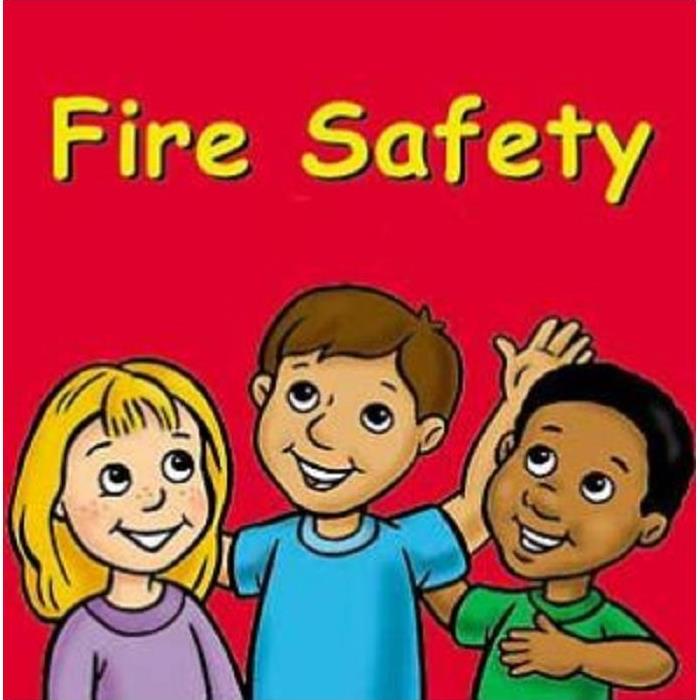Kids and Fire Safety
12/16/2019 (Permalink)
Fire Safety and Kids
It is important to regularly review fire safety with kids, so they will be prepared in the event of a fire emergency. Your childcare provider, teachers and parents should work together to teach children of all ages about fire safety.
Talk to Children about Smoke Detectors and there importance
Discuss why smoke detectors are installed, how they work and the noise they make. Children need to know the sound the detector makes is associated with a fire. Be sure to change the batteries regularly to ensure the alarm is not going off due to low battery and causing panic in children. Firefighters recommend changing your smoke detectors’ batteries every time you turn your clocks ahead or back for Daylight Saving Time.
Plan Escape Routes
If possible there needs to be two ways planned out of every room in your home. Usually, this means a door and a window. Evaluate your home and establish a plan especially for rooms that don’t have windows like offices and some media rooms. There should be a designated meeting space outside of your home for all members to meet and wait for you. Make sure your children know to go outside and not to hide out of fear.
Practice Opening Windows
In the event of an emergency, older children should be able to complete the task of opening windows on their own. Make sure all window screens can be removed quickly, windows are not stuck closed and security bars can be opened.
Use Escape Ladders
Escape ladders should be installed near second floor windows. Children should practice using them. Practice a first floor window exit with younger children to give them some idea of what to expect.
Touch Door and Check for Heat
Instruct kids how to check doors to see if they are hot, and if so, how to find another way out. Fire safety for children includes having them find a towel to use for handling, touching or grabbing items to avoid burns and to also use the towel or cover to protect their faces and cover their mouth. If both exits of a room are blocked, kids should get as low as possible. Lie on the ground, near the bed if possible that is where firefighters will look for them.
Use Your Hands, Not Your Eyes
Children should practice feeling their way out of the home in the dark or with their eyes closed. This can be turned into a game by blindfolding your child and asking them to feel their way to a designated area. Daycares and schools can set up an obstacle course to reach designated end points. Using fun activities can teach children how to escape.
Stop, Drop and Roll
Teach children what to do in the event that their clothes catch fire. Make sure they understand “stop, drop and roll”. Act it out for them and have them practice with you.
Out Means Stay Out
Teach children that once they are out of a burning house or building, they must go to the designated meeting place and never, ever venture back in. If a family member or a pet is missing, they should inform a firefighter or adult. There are too many tragedies where an individual who has gotten out safely ventures back into the home or building.
Practice Monthly
Practice your escape plan at least twice a year; monthly is even better. Just like schools, child care centers and homes should also practice fire drills.
Having your children well prepared can save lives. Knowing what to do keeps them from panicking and keeping a mind set of getting out safely. Remember that every household member needs to meet in the designated area that was established during your practice drill. Create a chart with a layout of your home and list all exits, doors, windows and fire escapes. Label rooms and add your meeting point. Post your chart where it is visible to all on a daily basis.






 24/7 Emergency Service
24/7 Emergency Service
